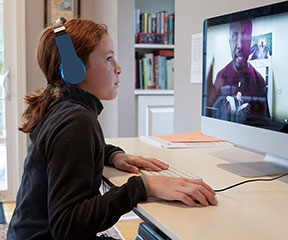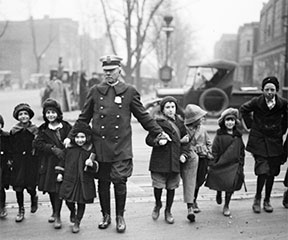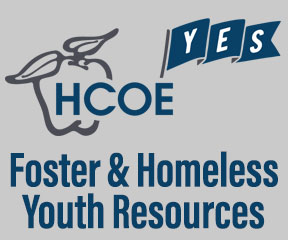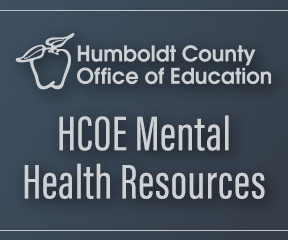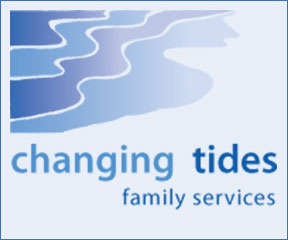Parent and Student Resource and Guidance
Stay home when sick.
- Remain at home until fever has been gone for at least 24 hours without the use of fever-reducingmedicines.
- Seek immediate medical care if symptoms become more severe, e.g., high fever or difficultybreathing.
Use “respiratory etiquette”
- Cover cough with a tissue or sleeve. See CDC’s Cover Your Cough page for multilingual posters and flyers, posted at the bottom of webpage.
- Provide adequate supplies within easy reach, including tissues and no-touch trash cans.
Wash hands frequently
- Encourage hand washing by students and staff through education, scheduled time forhandwashing, and the provision of adequate supplies.
Routinely clean frequently touched surfaces
Separate sick students and staff from others until they can go home.
- When feasible, identify a “sick room”through which others do not regularly pass.
- Encourage flu vaccine for those who haven’t had it this season to reduce illnesses and absences oncampus (but won’t prevent coronavirus illnesses).
A note about face masks
Face masks are most useful for preventing disease spread when they are worn by people who have symptoms. This is why people are asked to wear a mask at doctors’ offices and hospitals if they are coughing or sneezing.
Fact Sheets and Posters from CDC
Below are links to some resources from CDC regarding COVID-19.
What you need to know
Coronavirus Disease 2019 is a new disease that causes respiratory illness in people and can spread from person to person. This virus was first identified during an investigation into an outbreak in Wuhan, China.
What to do if you are sick
If you are sick with Coronavirus Disease 2019, or suspected of being infected with it, follow the steps in this fact sheet to help prevent spreading it to people in your home and community.
Stop the spread of germs poster
Help prevent the spread of respiratory diseases, like Coronavirus Disease 2019 by avoiding close contact with people who are sick; covering cough and sneeze; avoiding touching eyes, nose and mouth; and washing your hands with soap and water.
English | Spanish | Simplified Chinese
CDC Protect and Prepares Communities
Learn how CDC is aggressively responding to the global outbreak of COVID-19 and preparing for the potential of community spread in the U.S.
Prevention Tips
Good hygiene practices are key to staying healthy. Here are some easy ways to help prevent the spread of infectious disease and stay healthy:
- wash hands frequently for at least 20 second. This CDC guide helps families establish good handwashing practices with their children.
- avoid touching your eyes/face
- cough or sneeze into your sleeved elbow
- stay home when ill
- According to the California Department of Public Health (CDPH), face masks are most useful for preventing disease spread when they are worn by people who have symptoms. This is why people are asked to wear a mask at doctors’ offices and hospitals if they are coughing or sneezing.






